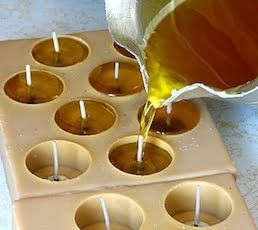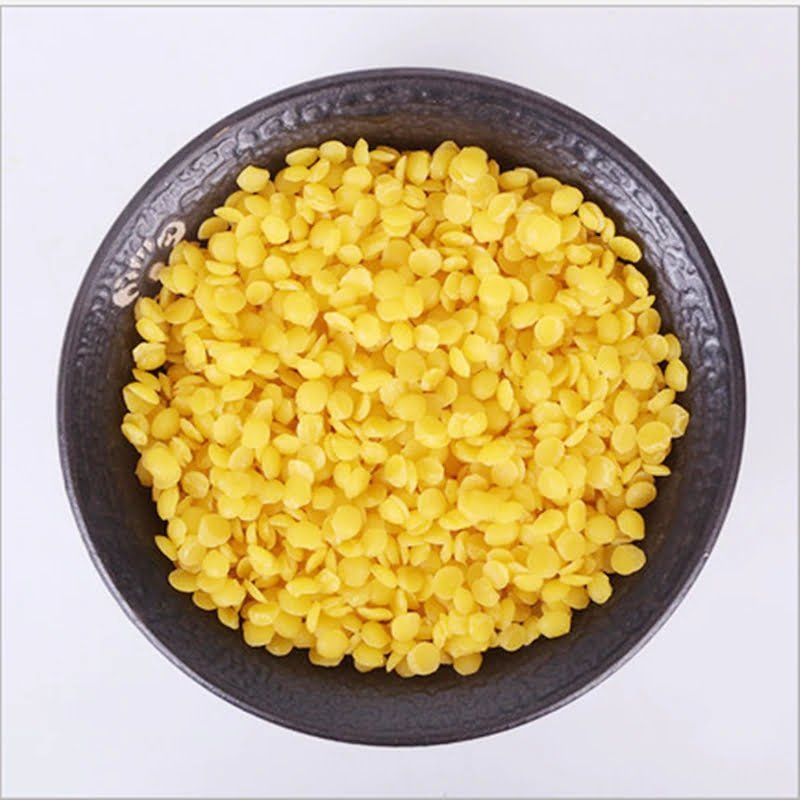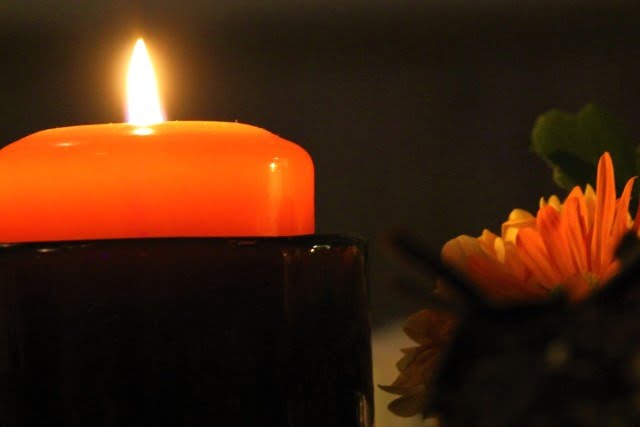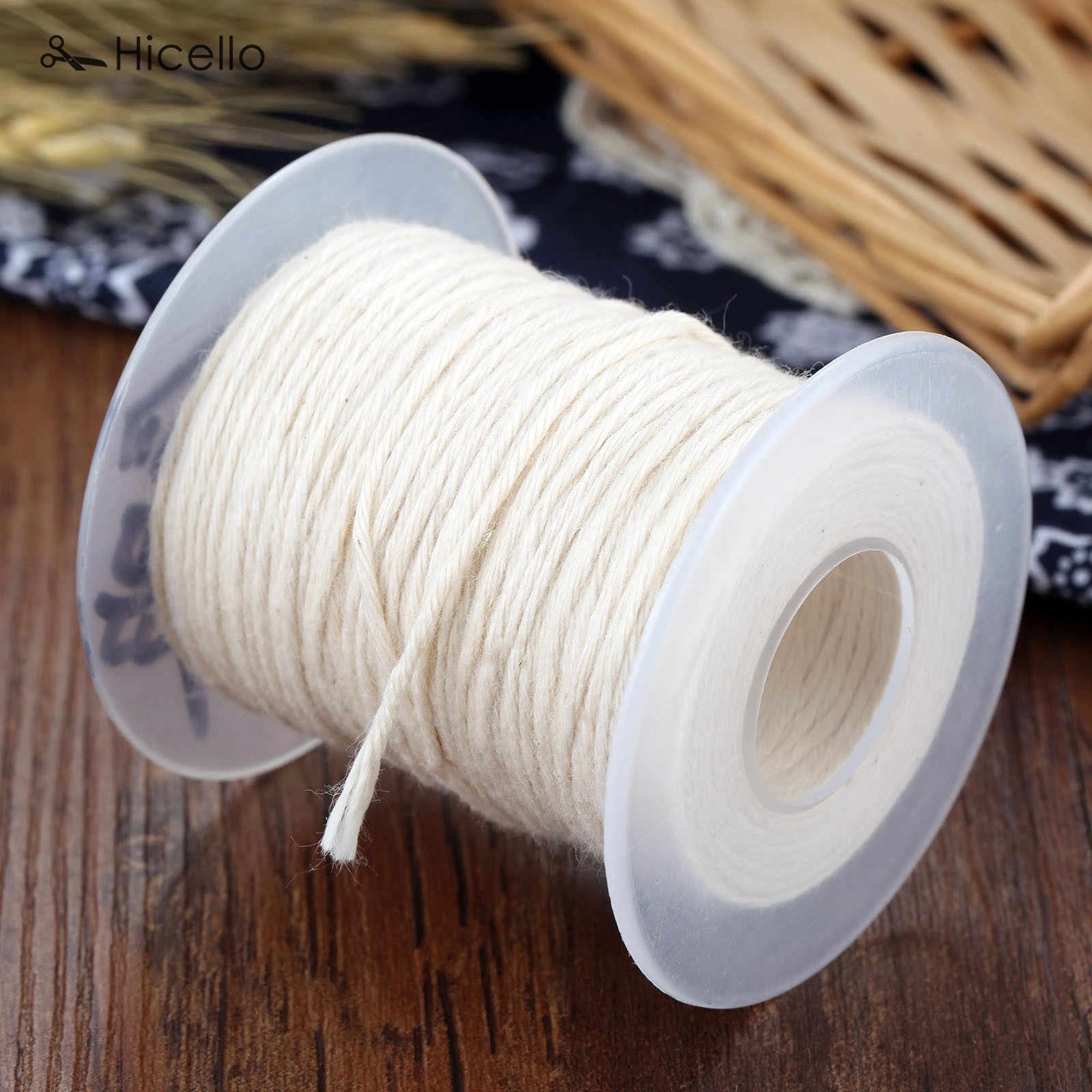Introduction to Candle Oil Scents
Candle oil scents are an important part of candle making, as they can set the tone for your home or simply provide a pleasant aroma. Candle oil scents come in a wide variety of smells and aromas, ranging from florals like rose and lavender to musky woody fragrances like cedarwood and sandalwood. Depending on the type of wax used, you may have to choose between essential oils or fragrance oils for your candle making needs.
Essential oils are typically made from natural plant ingredients, such as herbs and floral concentrates extracted from favored plants. Essential oils create subtle yet powerful aromas when burned in candles that provide a lasting impression while still being gentle on the senses. Some popular essential oil fragrance examples include lavender, chamomile, geranium, eucalyptus, tea tree, jasmine, lemongrass, rosemary and peppermint.
Fragrance oils are mixtures of isolates In organic chemistry laboratory settings they consist of synthetic aroma spices considered superior to traditional perfumery ingredients because they do not contain pollutants or sensitizing agents that can cause allergies or skin irritations when applied topically. Fragrance oils offer strong scents with longer lasting power and less volatility than pure essential oils ” even in aromatherapy vaporizers. Popular examples of man-made fragrances for candle waxes include vanilla, coffee bean, coconut macaroon cookie scent and ocean breeze”which is especially nice burning during summer months!
Different Types of Candle Oil Scents
Essential Oils: Essential oils have a variety of benefits and can be natural or synthetic. Natural essential oils are derived from plants, fruits, fungi or other organic materials and possess healing properties. Synthetic essential oils are lab-generated fragrances created to mimic the scent and benefits of their natural counterparts. When purchasing essential oils for candle making, opt for high-quality scents to prevent soot build up and produce an optimum scent throw.
Fragrance Oils: Fragrance oils are a combination of natural and/or synthetic aroma compounds used to create pleasing fragrances. Some fragrance oils are derived from actual plants or materials, such as jasmine oil, while others use synthetic components to recreate complex aromas found in nature like fruity confections or oceanic bouquets. In order to avoid excess soot buildup in your candles, choose fragrance oils that are labeled specifically for candle making as they contain additives that will help your candles burn cleaner.
Multipurpose Oils: Multipurpose oil scents such as almond oil, cinnamon oil, peppermint oil, etc., have multiple uses ranging from aromatherapy to traditional medicine. These natural essential oils smell great when added to candles but must be thoroughly diluted before use since they can cause skin irritation if applied directly to the body without being diluted first. Additionally multipurpose oil scents should not be used with paraffin wax due to the fact that paraffin wax does not bond well with these types of liquids causing them pool around the wick and shorten the burn time of your candle.
Choosing the Best Candle Oil Scent
When selecting candle oil scents for candle making, there are a few factors to consider. First, consider the desired scent strength. Stronger scents are better for large open spaces like sitting rooms or outdoor porches. Meanwhile, subtler scents work better in intimate spaces or in candles intended to be enjoyed within a shorter range.
secondly, look for quality ingredients when buying essential oil scents for your candles. Bespoke fragrances from luxury brands often contain pure, undiluted essential oils that burn well and produce an even spread of fragrance over time. Organic oils are also healthier and lend themselves to longer lasting aromas without any heady residues popping off during burning.
Thirdly, familiarize yourself with the structure of different types of oils as they affect the scent of a candle differently. For example citrusy scents such as lime or orange tend to dissipate more quickly compared to deeper woody notes like cedarwood and sandalwood that linger longer. Other popular options include soft floral notes such as lavender and bergamot which can bring a touch of springtime into any indoor environment immediately!
Finally when choosing the right scent for you particular candle type consider how long it will take for the scent to disperse throughout your space. Depending on its size it may be necessary to opt for a combination of both strong and subtle fragrances; increasing or decreasing their percentage blends depending on personal preference as well as where the candle will be located within your home/environment..
How to Incorporate Oils Into Your Candle Making Process
When incorporating oils into your candle making process it is important to be aware of safety guidelines as well as how different oils can interact with each other and the wax. Make sure you are wearing protective clothing, glasses and face masks when handling any kind of oil-based materials, and avoid any source of fire or flame.
When blending different oils for specific candles consider what type of scent you want to create. Different essential oils will provide a variety of aromas; for example, rosemary, lavender, peppermint and eucalyptus will offer an herbaceous scent, while citrus such as lemon, lime and orange are known for their fruity fragrances. If you would like a more sophisticated aroma blend different scents – such as woodsy sandalwood with sweet vanilla or florals such as jasmine or ylang-ylang.
Suggestions on how to make adding oils easy include creating essential oil blends in small containers or using pre-made fragrance oil mixtures. When running a candle boutique it is important to test any new scents prior to selling them in order to gauge customer approval. You can do this by creating sample candles using differing amounts of fragrance oil so that customers can decide which ones they love best.
Finally there are interesting ways that you can make your candles stand out by encapsulating various items within the wax “such as shells, leaves or flowers”or by customizing the molds used in the candle making process in order to create unique shapes and styles.
Examples of Different Oil Blends to Stimulate the Senses
The art of creating an aromatic home with essential oils has been popular for centuries. Using oil scents to create fragrances and aromas can be used to evoke the senses, calm the mind, and provide emotional balance among its many beneficial qualities. For candle makers, oil scents are an excellent way to create unique and captivating candles that make their mark in any environment.
When blending these oils for a specific scent or application, it is important to understand which oils work together best and why. Top/base notes are usually the most common as they carry most of the fragrance when burning. These are often relaxed and comforting aromas like lavender, sandalwood, vanilla and patchouli for example. Middle notes bring depth to the scent by enhancing the top notes within their own balance – citruses such as orange and lemon are a great example as they do not overpower but rather add lightness while deepening the aroma of certain upper tones. Lastly base notes serve to render greatest longevity and stability of a scent; these notes generally include heavier accords such as amber, patchouli, cedarwood or musk oils to name a few.
When mixing your own blend for fragrance purposes, it’s recommended that you start with 1-3 drops of each note you’ve chosen (top/base/middle) then add or subtract small amounts until you’ve reached your desired combination. Different oil scents play off one another in different ways so it’s always recommended that you take some time experimenting before making larger batches for production runs. There are plenty of recipes available online from both professionals and hobbyists alike; however generally speaking top/base note blends should contain roughly 10-15 drops per 5mL while middle note mixtures require at least 15-20 drops per 5mL depending on how dominant the middle note is made out to be in your blend overall.
For those who need help getting started in their home based projects there are many recommend stores offering sample kits of various custom blends they have put together organized according to type or special seasonal offerings that candle makers can choose from according to taste or preference; starting with pre-blended sets also provides an opportunity for beginners to gain experience before embarking into more creative endeavors on their own venturing into blending new custom combinations down the road with deeper understanding regarding ratios, tongue terminology etc…
Conclusion
When it comes to making beautiful, fragrant candles, the right oil scents can be the difference between a pleasant and aromatic candle or an unpleasant and cloying one. There is an incredible range of oil scents available for candle making that allow you to create a multitude of scent combinations. From flowery and light clear scents to spices like cloves and cinnamon, essential oils provide powerful aromas with very little effort. Floral aroma also provides delightful scents like gardenia, jasmine, and lavender that offer beautiful fragrances perfect for special occasions.
The perfect candle-making recipe involves getting the wax-to-scent ratio just right. Too much fragrance oil can overpower the scent; too little usually results in an ineffective candle. When using an essential oil EO calculator it’s important get this balance correct so you can make great smelling candles every time!
All in all, creating scented candles with essential oils is easy and fun. With the right information, creativity and planning anyone can produce amazing candles they will be proud of while evoking long lasting aromas during use!
Resources & Additional Reading:
• Aroma Explosion: How to Create Perfectly Scented Candles by Kayla Padgett (book)
• Essential Oils Reference Chart ” The Foam Factory (infographic)
• Findley’s Candle Spot Professional Candle Making Software (software)

Welcome to my candle making blog! In this blog, I will be sharing my tips and tricks for making candles. I will also be sharing some of my favorite recipes.





